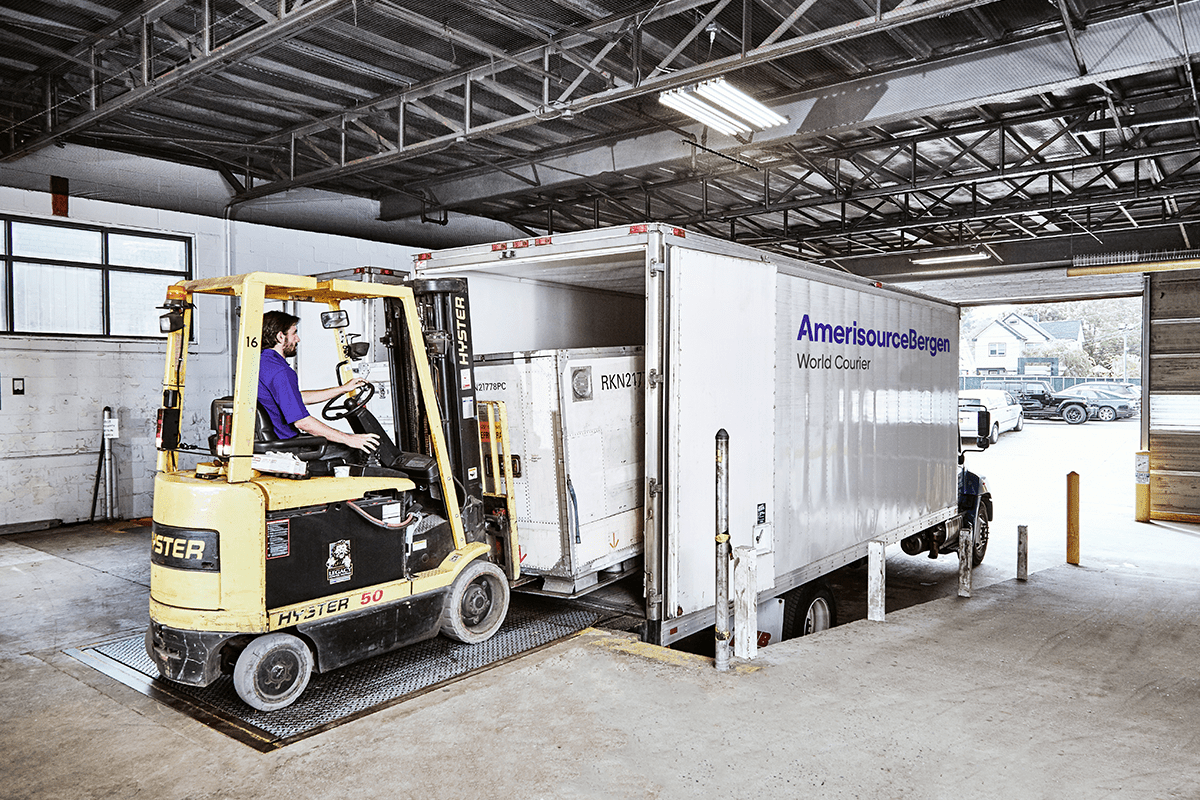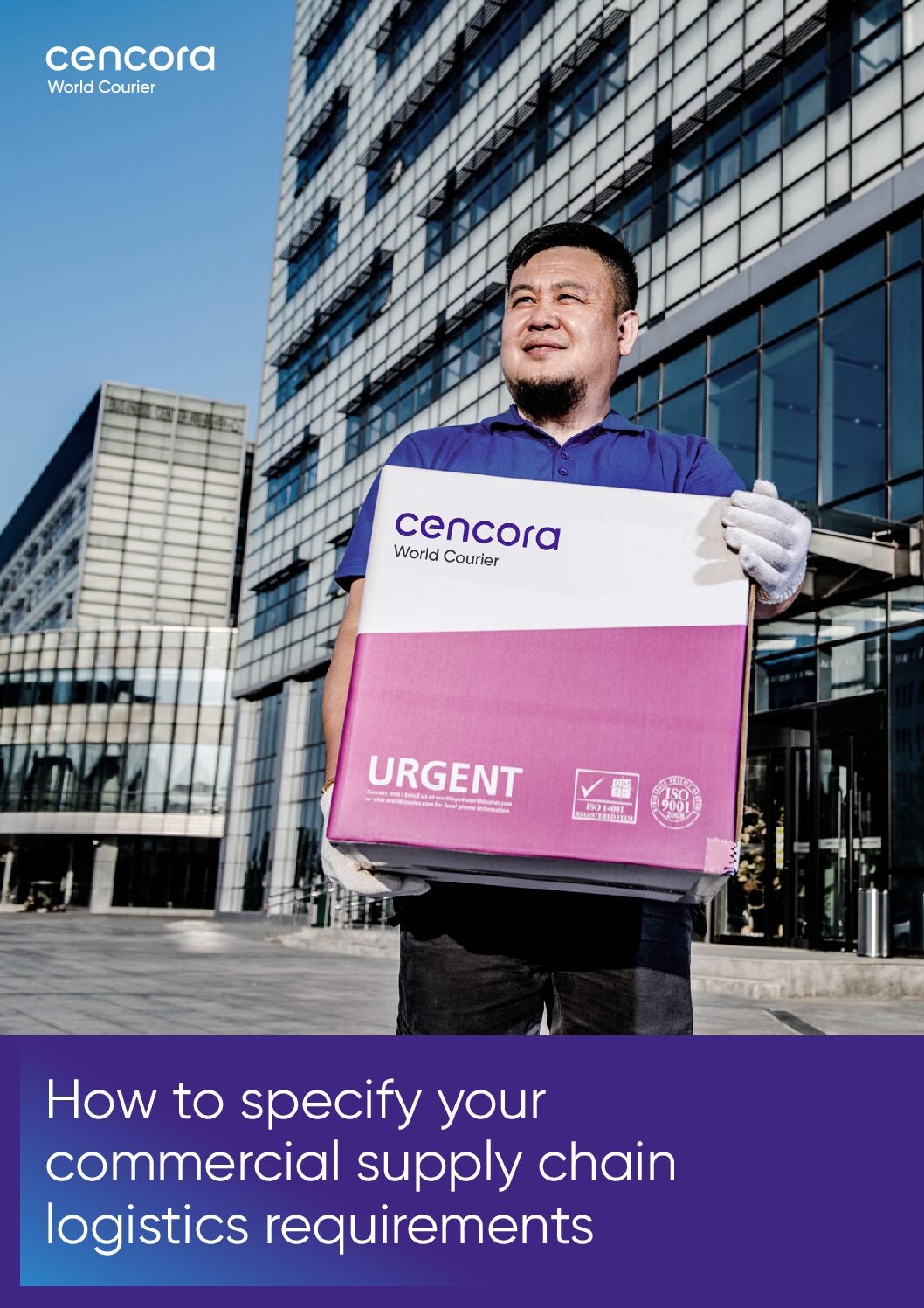
A year has passed since the WHO declared the Covid-19 outbreak a global pandemic, and with slow (yet steady) global vaccination progress and infection rates on the rise again in parts of Europe, a third wave could now be upon us, according to many government and science bodies.
Lockdowns and safety concerns have caused significant disruption to clinical trials, with slow to progress in Europe due to an understandable nervousness to covid, despite it being both legal and safe to do so. Many pharmaceutical companies have found a viable way of continuing trials with the decentralised model, which involves treatment being delivered direct-to-patient (DTP) and gathering data from the patient in-home.
As the troubling Covid outlook suggests ‘business as normal’ is unlikely anytime soon, more companies will find themselves considering this approach.
But what is the best way to crack DTP?
World Courier, a global speciality logistics company that has a 99% delivery success rate for pharma deliveries, has shared with Pharmaceutical Technology what their customers are most often ask when they begin exploring the DTP model.
Is DTP scalable?
Over the course of2020, the uptake of decentralised studies has grown from a nascent idea in the US and Europe to a globally viable solution that the majority of trial sponsors have engaged with. By May 2020, World Courier had reported its DTP consignments to have quadrupled from the pre-pandemic average.
Concerns that DTP would not be scalable were quashed, with both pharmaceutical companies and logistics businesses rising to the challenge, sharpening their processes and efficiently delivering an unprecedented number of products to patients.
How do regulators approach DTP in the markets we operate in?
DTP presents a few concerns that regulators need to address. Questions regarding whether the treatment can be delivered within the correct temperature range and in accordance with dosing schedules must be worked through. In addition, directives regarding at-home treatment differ across regions. Some territories mandate a physician to administer the treatment, while in others intravenous treatments cannot be done at the patient’s home.
Overall, though, reports World Courier, regulatory bodies showed considerable acceptance towards decentralised trials. The FDA and EMEA have both published detailed guidance on the model, meanwhile, some South American and Asian countries have also demonstrated approval.
How receptive are patients to the DTP experience?
During the pandemic, patients have preferred participating in remote trials due to the lowered risk of Covid-19 exposure. Decentralised trials have also been well-accepted for their convenience, therefore patient demand for DTP is likely to remain high long after the pandemic’s end. Catering to this demand could mean improved patient recruitment, engagement and retention.
Is DTP a short term play or a long-term model we should adopt now during and post-Covid?
Sponsors have plenty of reasons to retain their use of DTP. Improved recruitment is particularly significant for trials of rare disease treatments, which often struggle to meet recruitment numbers due to a limited pool of potential participants. Widening this pool with an expanded catchment area and a more accessible trial not only solves this problem but also allows for more rigorous selection criteria to be applied. Improved patient retention is another distinct advantage, enabling studies to be completed faster and at lower costs. A US Department of Health study reported that in-home testing could reduce per-trial costs by $0.8m in Phase 1, $4.3m in Phase 2 and $9.1m in Phase 3.
What technology is available to ensure we can make DTP reliable and successful?
There is a wide range of technology that has truly enabled at-home trials, from mobile technologies to wearables, in-home devices and sensors that provide regular updates. These technologies are expected to be enhanced as the adoption of DTP continues, helping to further improve the trials’ quality and the patient experience.
DTP is new to a lot of organisations, but it is here to stay. Lots of lessons have been learned, and you can find out how World Courier has answered the questions above and more with the whitepaper below.



